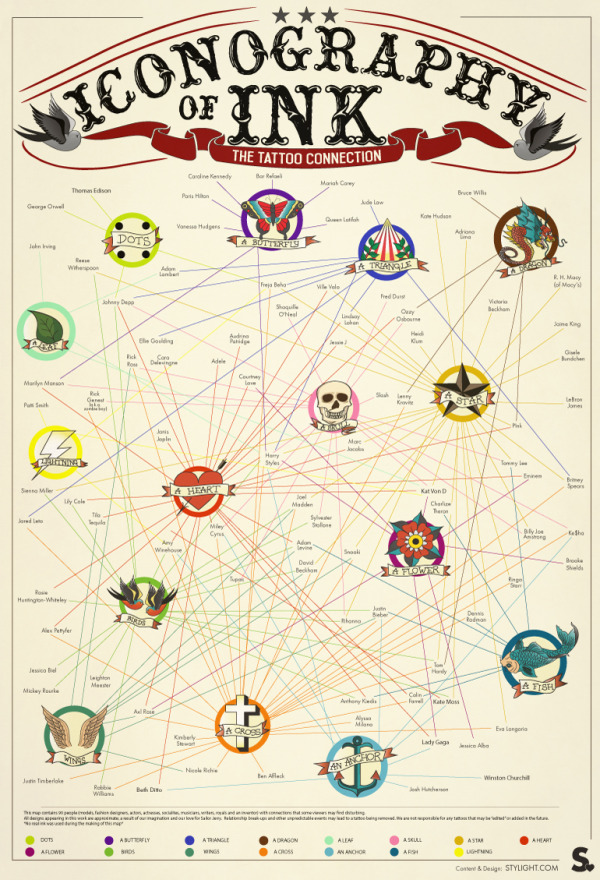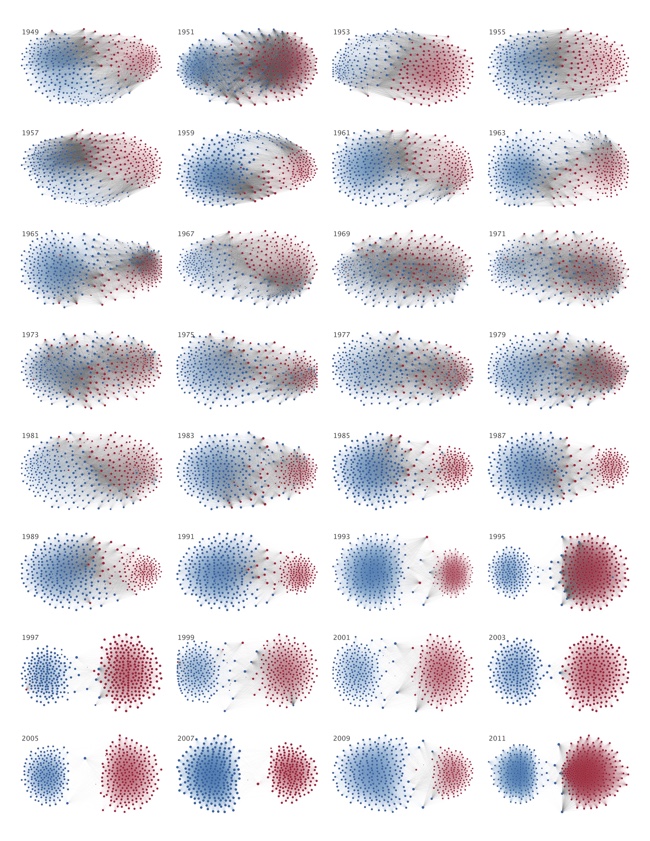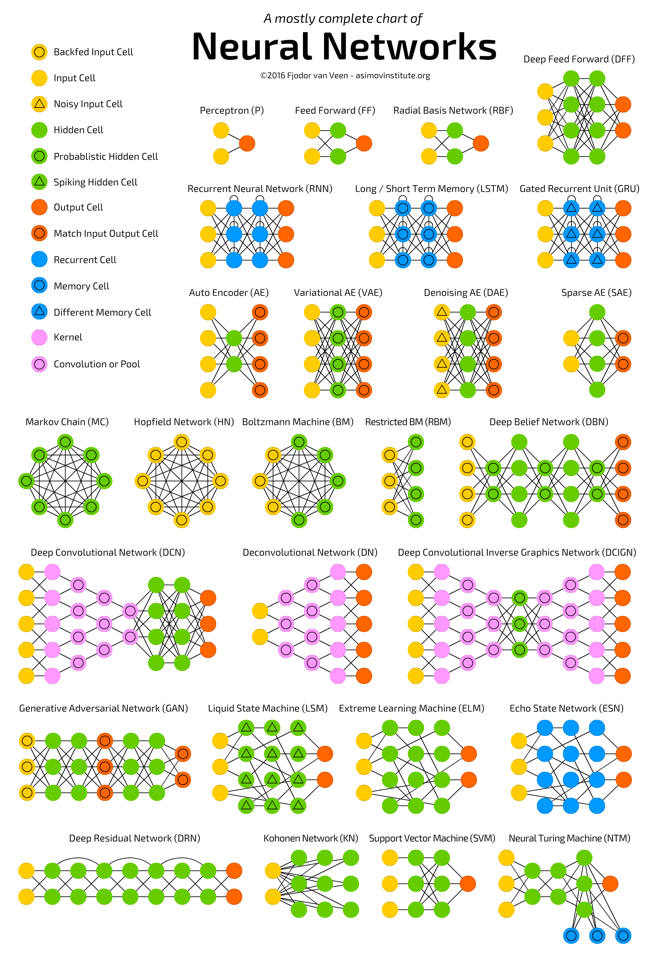Iconography of Ink
Iconography of Ink, created by Stylight.com, maps out 90 celebrity tattoos and their connections to one another. You can find other interesting facts and tips about tattoos at Stylight.com.
Tattoos—originating from the Tahitian word ‘tatau’—have decorated the skins of endless cultures, spanning thousands of years. Both Polynesian tribes and Italian monks donned such skin art, not to mention, world-traveling sailors and European monarchs.
Fast-forward to today and tattoos are common practice amongst all socioeconomic classes. Scan PopSugar, Huffington Post or Vogue magazine and you’re sure to find tattooed musicians, actors and models alike. The celebrity tattoo craze isn’t just a sign of the times, but an entertaining melodrama.
From bad ass Cambodian tigers (read: Angelina Jolie) to ill-advised dedications to spouses (we’re looking at you Melanie Griffith), watching the evolution of Hollywood tattoos rivals even the most absorbing of reality tv shows.
Thanks to Elisa for sending in the link!
 Celebrities,
Celebrities,  art,
art,  connections,
connections,  network map,
network map,  tattoo
tattoo 












